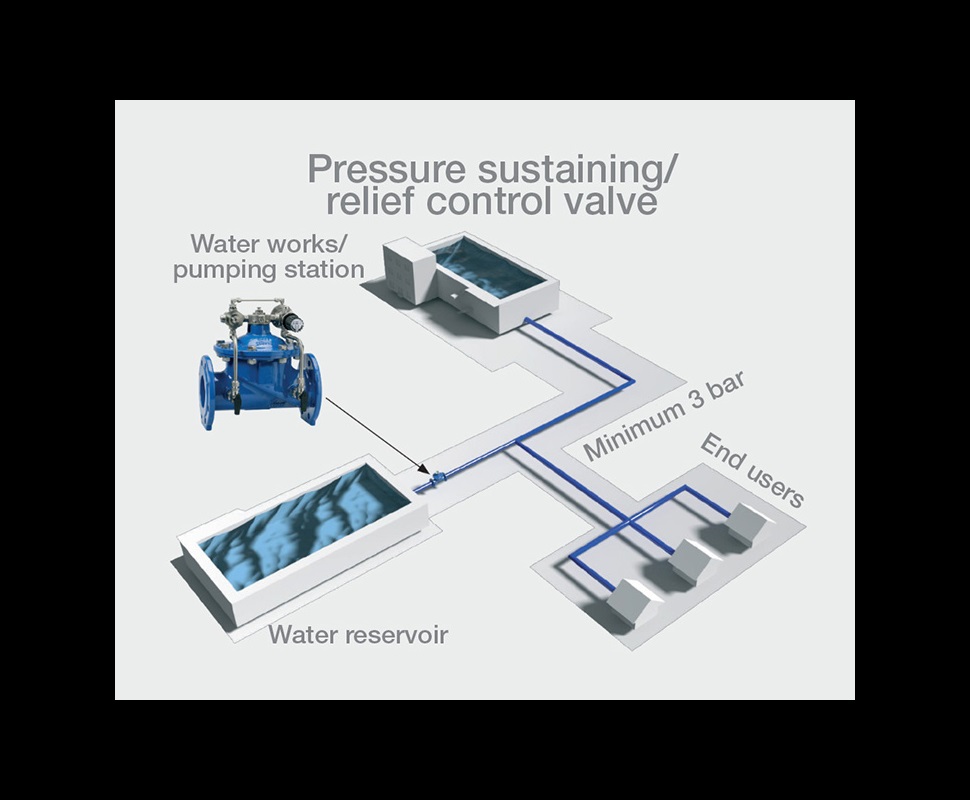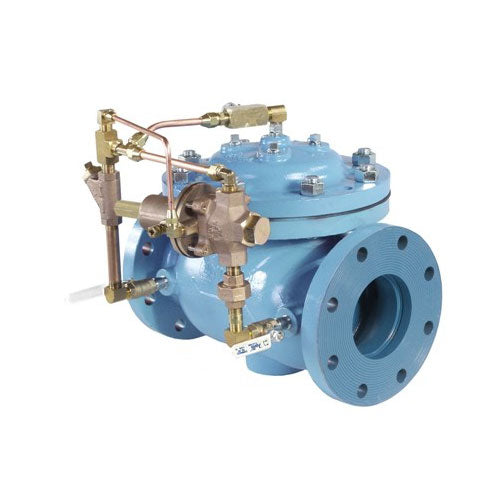How Control Valves Impact Energy Efficiency in Industrial Settings
Wiki Article
Achieve Seamless Assimilation and Control With Top Quality Structure Automation Controls
In the world of modern structure monitoring, the relevance of quality structure automation controls can not be overemphasized. As technology proceeds to breakthrough, the combination and control of various systems within a structure have actually developed to be extra reliable and innovative. The smooth procedure and surveillance of lighting, A/C, protection, and other building functions have actually become extremely important for enhancing occupant comfort, power performance, and overall functional performance. However, the trip in the direction of attaining real assimilation and control is a multifaceted one, with considerations varying from system compatibility to cybersecurity. Embracing high quality structure automation controls is not merely a matter of comfort but a critical imperative for organizations aiming to optimize their facilities' performance and sustainability.
Advancement of Building Automation Controls
Throughout the past few decades, the evolution of building automation controls has dramatically transformed the way structures are managed and operated. Initially, building automation systems mainly concentrated on fundamental features such as controlling heating, ventilation, and air conditioning (A/C) systems. As innovation progressed, these controls have actually come to be extra sophisticated, permitting for a larger array of building systems to be integrated and managed centrally.The advancement of building automation controls has actually seen a change in the direction of more intelligent systems that can adapt to transforming conditions in real-time. This adaptability is critical for maximizing energy performance and ensuring resident comfort. Furthermore, modern-day building automation controls now use functions such as anticipating maintenance, remote monitoring, and information analytics, enabling center supervisors to make data-driven choices to boost structure efficiency.

Benefits of Top Quality Combination
The improvement in structure automation regulates in the direction of even more intelligent systems has highlighted the significant advantages of high quality assimilation in optimizing building operations and boosting overall performance. This central control also gives far better exposure and understandings right into building performance, allowing aggressive upkeep and optimization techniques. In general, the advantages of quality assimilation in structure automation controls are obvious, using increased efficiency, convenience, and functional performance.Improved User Experience and Access
Enhancing user communication with building automation regulates via instinctive layout and enhanced access raises the general experience for owners and center managers alike. By focusing on user experience, constructing automation systems can end up being much more efficient and straightforward. Instinctive interfaces, clear navigating, and adjustable settings equip individuals read what he said to engage with the controls conveniently and successfully.Access functions play an essential function in making certain that all people, consisting of those with specials needs, can use the building automation manages effortlessly. Including attributes such as voice commands, tactile switches, and color-contrasted screens can improve ease of access and make the controls more comprehensive.
Moreover, enhanced individual experience leads to higher customer complete satisfaction, enhanced productivity, and far better decision-making. Residents can adjust environmental settings according to their preferences, while facility supervisors can efficiently keep an eye on and handle structure systems - control valves. On the whole, prioritizing individual experience and access in structure automation manages adds to an extra smooth and effective building atmosphere for all stakeholders involved
Lasting Practices Through Automation

Moreover, automation can assist in the integration of eco-friendly power sources such as solar panels or wind turbines right into building operations. Via automation, structures can line up with contemporary sustainability goals and add to a greener future.
Future Trends in Structure Control Solution
One noticeable fad shaping the future of building control systems is the boosted integration of Artificial Knowledge (AI) and equipment discovering. Furthermore, the Internet of Things (IoT) is transforming structure control systems by linking devices and sensing units to improve Look At This and simplify operations performance.
Another key pattern is the emphasis on cybersecurity procedures to safeguard against prospective hazards to building automation systems. As buildings become a lot more interconnected, ensuring robust cybersecurity protocols will be vital to safeguard delicate data and prevent unapproved access.
Additionally, the change towards cloud-based systems is acquiring momentum, permitting streamlined control and remote accessibility to building systems. This helps with much easier tracking, upkeep, and updates, boosting the overall efficiency and adaptability of structure control systems. As innovation remains to development, these trends are expected to shape the future landscape of building automation controls, driving technology and sustainability in the developed atmosphere.
Conclusion
Future fads in building control systems are likely to concentrate on additional enhancing automation capabilities for improved energy effectiveness and general performance. It is essential for building proprietors and operators to prioritize the adoption of top quality building automation controls to maximize building weblink operations and achieve lasting sustainability goals.In the world of contemporary structure management, the value of high quality structure automation controls can not be overstated. On the whole, the development of building automation controls proceeds to drive advancement in the building management industry, offering new possibilities for creating smarter and extra sustainable structures.
The development in structure automation manages towards more smart systems has actually emphasized the significant advantages of quality combination in optimizing building operations and enhancing general effectiveness. In general, prioritizing individual experience and access in structure automation manages contributes to an extra smooth and efficient building setting for all stakeholders included.
It is crucial for building proprietors and operators to prioritize the adoption of high quality structure automation regulates to enhance structure procedures and attain long-lasting sustainability goals. - control valves
Report this wiki page